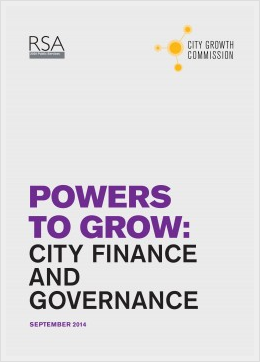
ITDP releases new study on transport and climate change
17 September 2014
by Richard Forster
The Institute for Transportation and Development Policy (ITDP) and the University of California, Davis, have released a new report on the impact of transport emissions on the world’s climate future.
According to the new study, more than US$100 trillion in cumulative public and private spending could be saved, and 1,700 megatonnes of annual carbon dioxide (CO2), a 40 percent reduction of urban passenger transport emissions, could be eliminated by 2050 if the world expands public transport, walking and cycling in cities.
“Transportation, driven by rapid growth in car use, has been the fastest growing source of CO2 in the world,” said Michael Replogle, ITDP’s managing director for policy and co-author of the report. “An affordable but largely overlooked way to cut that pollution is to give people clean options to use public transportation, walking and cycling, expanding mobility options especially for the poor and curbing air pollution from traffic.”
The report, A Global High Shift Scenario, is the first study to examine how major changes in transport investments worldwide would affect urban passenger transport emissions as well as the mobility of different income groups. The authors calculated CO2 emissions in 2050 under two scenarios, a business-as-usual scenario and a “High Shift” scenario, where governments significantly increased rail and clean bus transport, especially bus rapid transit (BRT), and helped urban areas provide infrastructure to ensure safe walking, bicycling and other active forms of transport. The projections also include moving investments away from road construction, parking garages and other ways that encourage car ownership.
“The analysis shows that getting away from car-centric development will cut urban CO2 dramatically and also reduce costs, especially in rapidly expanding economies,” said report co-author Lew Fulton, co-director of NextSTEPS Program at the Institute of Transportation Studies at UC Davis. “It is also critical to reduce the energy use and carbon emissions of all vehicles.”
The new report also describes sustainable transportation as a key factor in economic development. Under the High Shift scenario, mass transit access is projected to more than triple for the lowest income groups and more than double for the second lowest groups. Notably, the overall mobility evens out between income groups, providing those more impoverished with better access to employment and services that can improve their family livelihoods.











